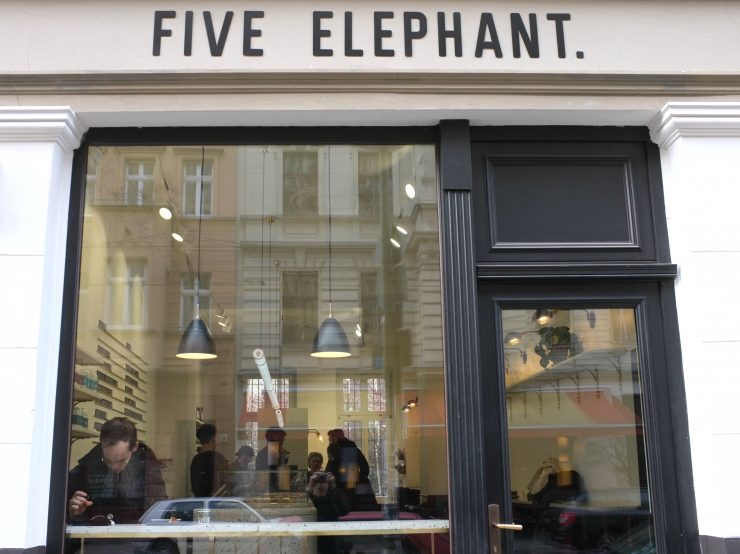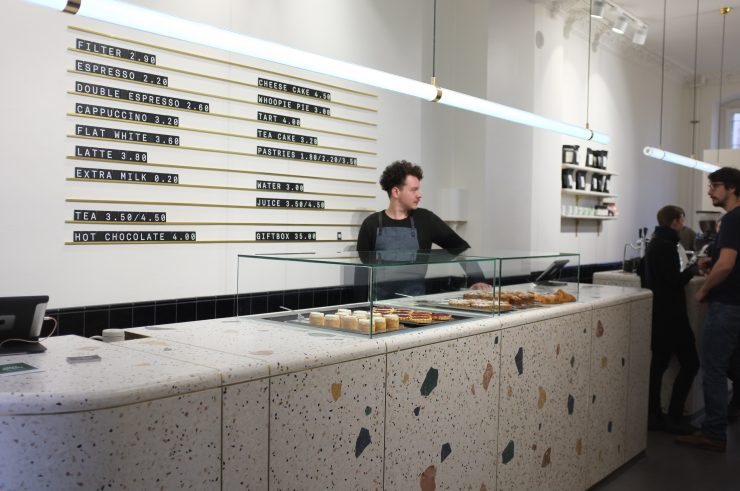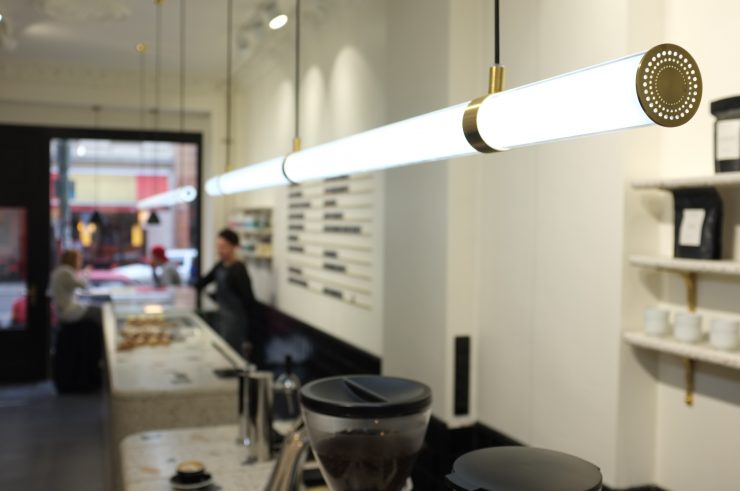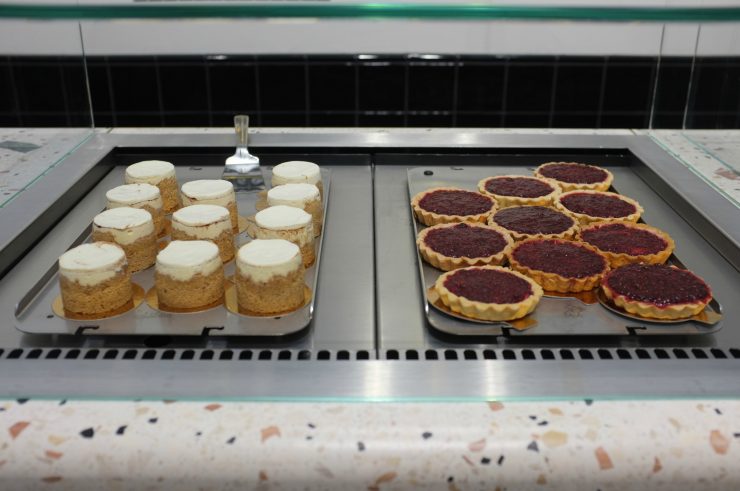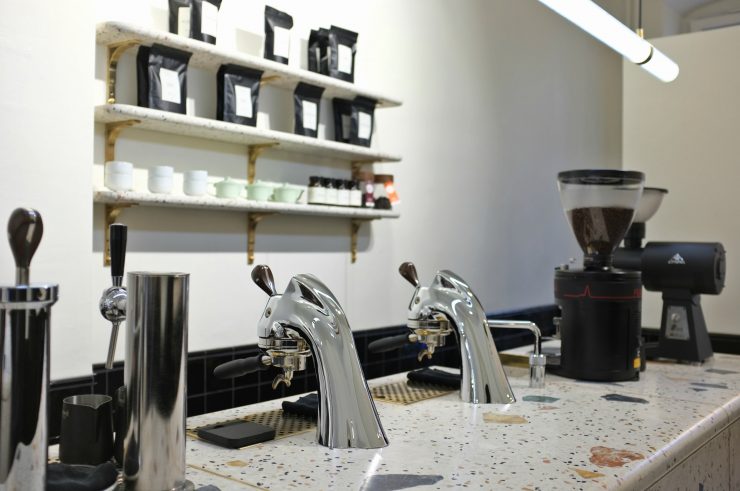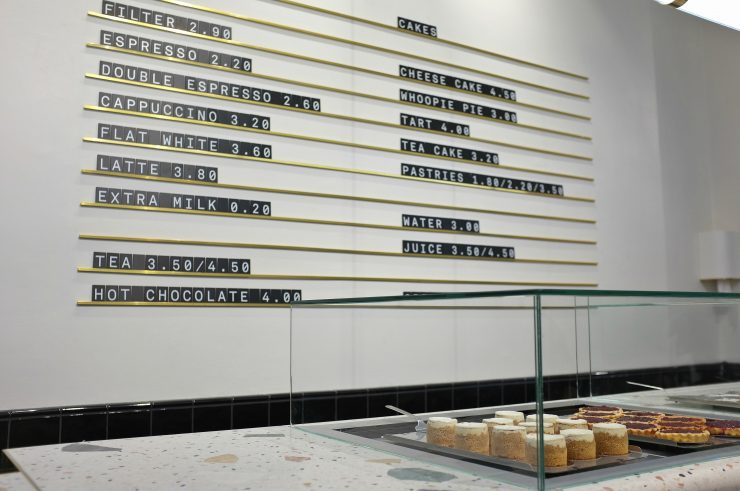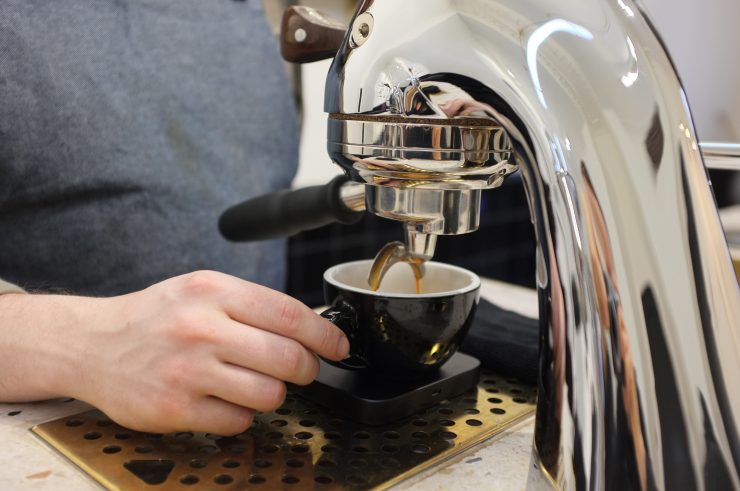The routine process goes something like this. The producer or cooperative grows and processes green beans; the buyer exports and/or imports them; the roaster roasts them; and then either a café or a consumer buys them to make coffee. The outlier in this routine is delosAndes Cooperativa in Colombia.
This cooperative buys the beans from its members, processes them, roasts them, and then sells them directly to consumers. By doing this, the cooperative sees a greater share of the profits from each bag of coffee, which in turn benefits those producers who belong to cooperative. Here’s how it works.
SEE ALSO: Under the Microscope: How Do Exporters Work With Coffee Farmers?
Beautiful landscape from Andes Southwest of Antioquia Department Credit: www.delosandescafe.com
The Relationship Between Cooperative and Producer
delosAndes Cooperativa has 3,600 members, all of them coffee growers from the southwest of Antioquia in Colombia. The cooperative has been exporting coffee for 10 years, and this year it received two awards from Sustainable Harvest/Let’s Talk Coffee – one of which was for Commercial and Financial Innovation.
The Cooperative has two brands: delosAndes Premium Selection and delosAndes Limited Editions The latter one are its micro-lot offerings. For a producer to qualify for this designation, he or she must first participate in a cooperative-led quality program. The cooperative then buys the coffee at the market price, but, once it has sold the coffee, it gives a portion of the additional income to the producer. In this way, the cooperative encourages and supports producers in producing specialty coffee. Moreover, producers see a greater and more stable income.
Quality control Credit: www.delosandescafe.com
The Decision to Roast Commercially
The cooperative currently sells green coffee to 20 countries, and it has been selling roasted coffee locally for many years. More recently, it had the idea of selling roasted beans internationally.
Paulina Lezcano, Marketing Representative, explains, “We’re looking to achieve a higher income in order to finance more of our social projects. Providing this new service from origin could bring both an added value to the consumer and a higher margin to our organization. We’re a non-profit association and it’s important to constantly look for new resources.”
Hand picking coffee beans Credit: www.delosandescafe.com
Roasting as a Cooperative
The cooperative has its own laboratory and roastery, where coffees are first cupped in order to determine the ideal roast profile. The Antioquia region, where most of their farmers are, is known for its citrus profile with notes of sugar loaf and chocolate. “We like to use a medium roast in order to preserve the attributes and highlight the acidity, flavours and aromas of our coffees,” says Paulina.
The coop currently roast 100,000 lbs. of coffee annually, which is half of its capacity, but Paulina tells me the goal is to achieve 100%. Furthermore, the coop roasts the Premium Selection daily and it also offers Special Editions three times a year in 250g and 500g bags. Using FedEx ensures quick delivery so the coffee can arrive fresh.
Coffee bags at the cooperative’s warehouse Credit:www.delosandescafe.com
How Roasting Benefits Producers
By reducing the number of intermediaries in the supply chain, the cooperative offers consumers extra transparency and gains more profit. Some of that profit goes straight to the producers in cash; the rest is used to increase the quality and size of their programmes, which benefit all producers – not just those whose coffee has been accepted for roasting.
These programmes include the quality programme that helps producers grow microlots, which in turn enables even more of them to benefit from their coffee being sold as specialty and/or roasted beans. It also helps producers gain certifications, such as Fair Trade and Rainforest Alliance. This means that even those who aren’t producing specialty benefit from increased prices.
Additionally, the cooperative runs a soil lab, which gives feedback to producers about things such as nutrient deficiencies. Producers can then take action to improve the soil, and so improve the productivity and quality of their coffee.
Further technical assistance is given in terms of resource optimization, logistics and administration, and education in how to use equipment. The cooperative also has two wet mills, and a third one will be built next year.
They also focus on the future generation, subsidizing high school and university fees for the children of producers. This program can only support a set number of students, but has great potential to improve incomes, quality of life, and even coffee quality for entire community in years to come.
Coffee growers bringing their coffees to the cooperative Credit:www.delosandescafe.com
A cooperative that roasts and sells its own coffee – we don’t expect it to become the norm any time soon. It requires expertise in a new sector of the market, investment in packaging, transportation, and marketing. Building new relationships is also crucial.
However, it’s clear that when a cooperative works to develop the expertise, logistics, and relationships, producers can benefit significantly.
Written by A. K. Molina Ospina.
delosAndes Cooperative is a sponsor of Perfect Daily Grind. This interview was conducted in accordance with our editorial policies, and delosAndes Cooperative has had no greater influence on the final copy than any of our other interviewees.
Want to read more articles like this? Sign up to our newsletter!
The post Why One Cooperative Is Exporting Roasted Coffee appeared first on Perfect Daily Grind.
from RSSMix.com Mix ID 8200593 http://www.perfectdailygrind.com/2016/12/one-cooperative-exporting-roasted-coffee/





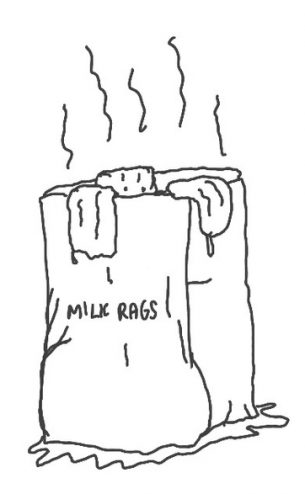 ‘Twas The Shift Before Christmas
‘Twas The Shift Before Christmas Ol’ Nick was so cheerful, sweet as demerara,
Ol’ Nick was so cheerful, sweet as demerara,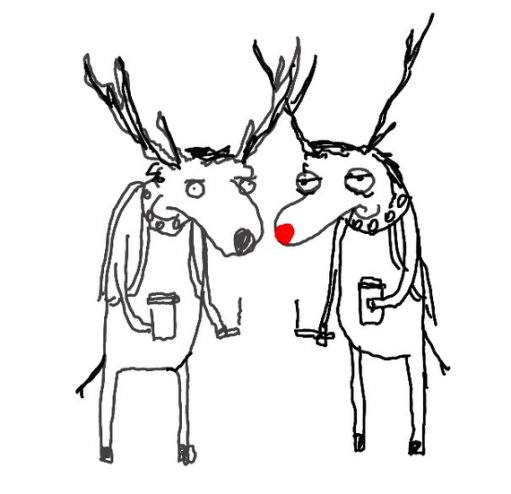 A Christmas Eve miracle, bro that’s so sick
A Christmas Eve miracle, bro that’s so sick
